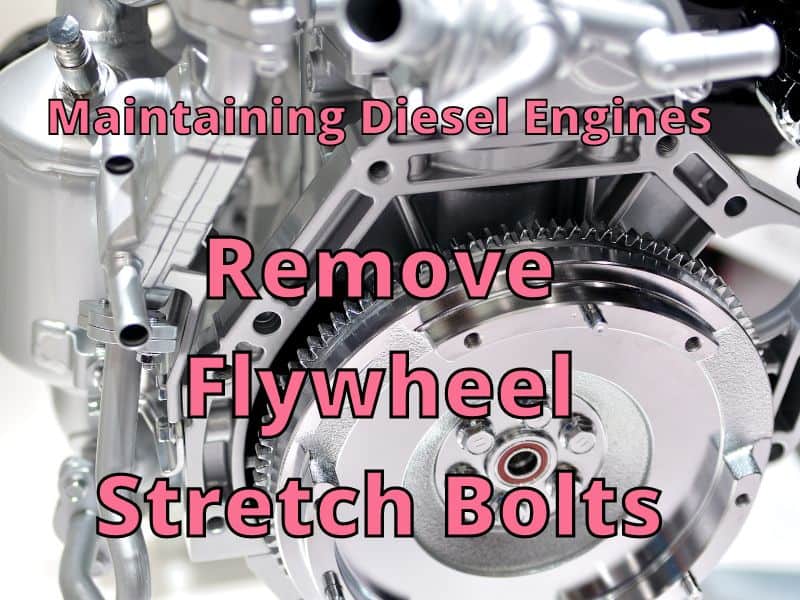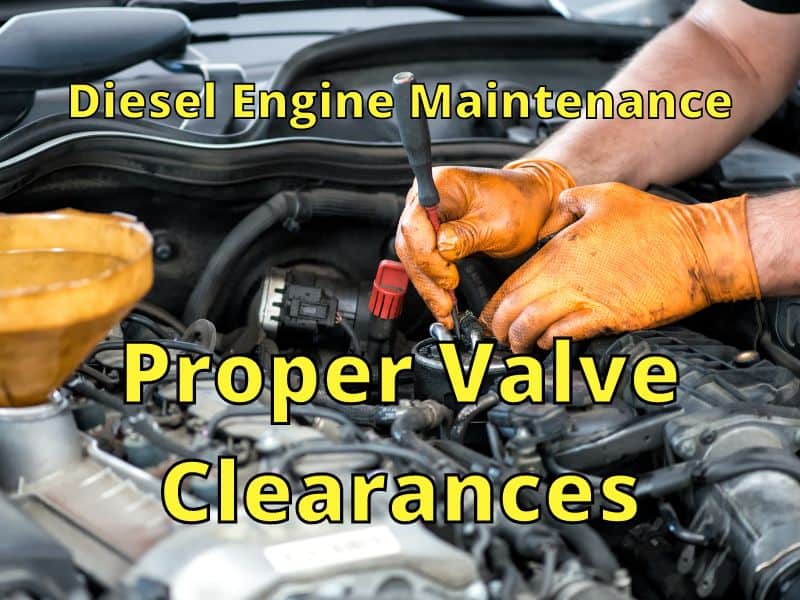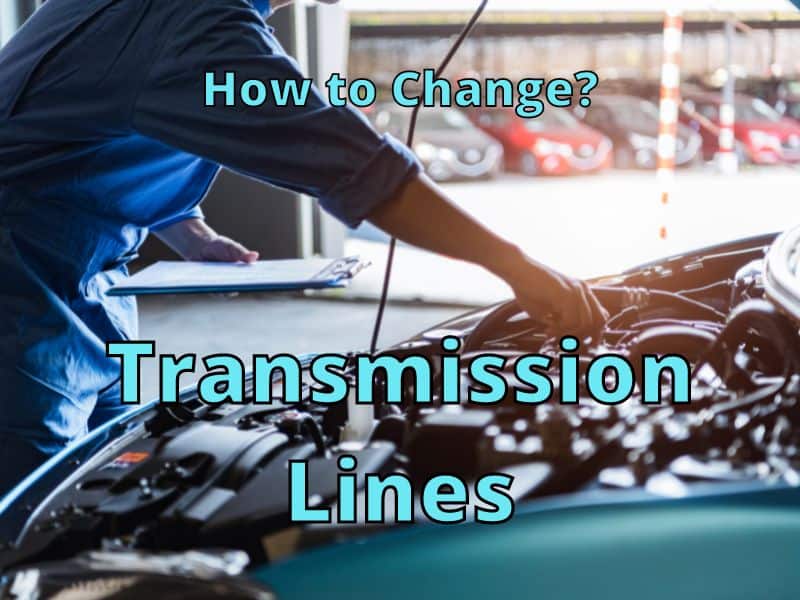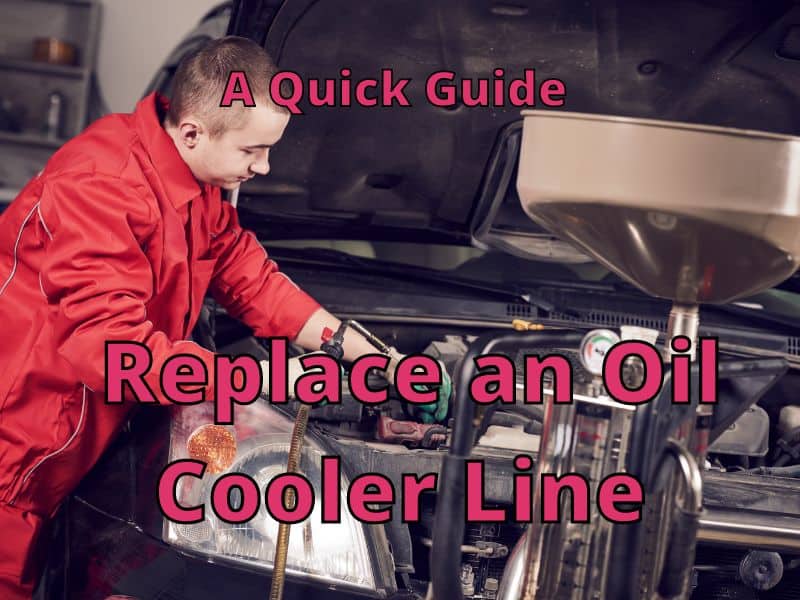If you are thinking of upgrading your car without the need to spend a fortune, one of the things you might want to consider is the replacement of your stock shifter. With a short throw shifter, driving your car will be a more enjoyable experience. It will adjust the height and length of the shifter, allowing you to have it customized based on what you are most comfortable with.
Installing a short throw shifter can be quite challenging, but once you know the right steps, it will be a lot easier. Be patient, as this can take quite a while. Once you are done, you will have a rewarding feeling, knowing that you did it without asking for help from a trained mechanic. Here are the steps to follow:
- Remove the factory shifter.
- Remove the plastic bezel wrapped around the shifter.
- Remove the shifter handle and the bolts that secure the shifter.
- Lift the shifter from its original position.
- Now get ready to install the new short throw shifter.
- Remove the old plastic bushing and the old gasket.
- Insert the shifter into the plastic bushing.
- Adjust the shift stops.
- Bolt on the shifter handle.
- Connect the cigarette lighter and use your new short-throw shifter.
Things You Need to Follow this Tutorial
Here are the materials that you need to prepare for the installation of a short throw shifter:
- Ratchet
- Breaker bar
- Flathead screwdriver
- Paper towel
- Plastic scraper
- Sponge
- Ready-made gasket
- Thread locker
Step-by-Step Guide on How to Install a Throw Shifter
After preparing the required materials, here are the steps that you have to follow. Before we discuss the steps, watch the short video below that shows the replacement of a stock shifter from a Mustang:
Remove the Old Shifter
- Obviously, the first thing you need to do is to remove the factory shifter before having it replaced. The removal of the shifter will depend on the model of the car that you have. In the Mustang shown in the video above, the first thing to be removed is the shift knob. Simply turn it clockwise. Unscrew the bolt on the top.
- After taking out the shift knob, remove the plastic bezel that wraps around the shifter. Simply lift it up. In the Mustang above, there is a cigarette lighter, so be sure to remove the wires that are connected to the bezel.
- Next, remove the shifter handle. Use a ratchet to loosen the bolts that connect the handle. All that you need to do is to wiggle the handle, and it will be removed. Remove the shifter cover. Be sure to keep the bolts in a safe place since you will need this later on.
- By this time, you already have access to the shifter. There are four bolts that secure it in place, so you have to remove these bolts. A breaker bar will be useful in this step.
- Grab a flathead screwdriver to lift the shifter from its original position.
Install the New Short Throw Shifter
- Now, you are ready to install the new short throw shifter. Remove the old plastic bushing, as it might have already deteriorated, which can sacrifice the performance of the shifter.
- Clean the surface to remove the old gasket. Cover the other parts with a paper towel and use a plastic scraper to get rid of the gasket. Using a sponge will also help to make sure there is no debris or gasket.
- At this point, you are ready to install the new short-throw shifter. Line a ready-made gasket on the bottom of the filter. Insert the shifter into the plastic bushing. Bolt it down with the bolts that are included in the package. Before doing this, apply a thread locker so that it can counter the vibration from the transmission.
- Adjust the shift stops. To do this, shift to the fourth gear and adjust the bolt until it touches the handle of the shifter. Apply a thread locker and tighten the bolt. Put it into third gear and repeat the same thing.
- Place the washer on the top of the shift stick and return to the shift booth. Tighten the bolts that you have earlier removed from the cover.
- Bolt on the shifter handle. Place a rubber-insulated bushing in between, which will be provided by the manufacturer of the new short-throw shifter. This is going to help dampen the vibration. Tighten the bolts.
- Connect the cigarette lighter, return the bezel, and you are now ready to test drive your car using your new short-throw shifter.
Pro Tips
In this section, you will learn more tips about short throw shifters, making sure that their installation will be a snap on your end.

- From the steps mentioned above, one of the most important things is to make sure of bolting the shifter in the right direction, which should depend on the location of the bend. If not, the shifter will end up slamming the center of the console.
- When putting the bolts back, do not over-tighten them. If they are too tight, they might make shifting problematic since you won’t be able to change gears smoothly. Using a torque wrench is a good idea so that you will be able to tighten the bolts just right.
- Like your normal shifter, you can always personalize the look of your short throw shifter. Using a shift knob is a good idea. Do not only prioritize form but also function. This means that the knob should not only look good but should also feel good when gripped. This must help improve the overall driving experience.
- As it has also been noted in the instructions above, you will benefit from installing a gasket under the plate of the shifter. This is going to reduce the possibility of oil leakage.
- It is also important that you carefully choose the short throw shifter to buy. Take the time to read reviews from other users so that you will have an idea of how one product will perform. See to it that it is made of premium materials, which will guarantee longevity and value for money.
- Follow the instructions from the manufacturer. The steps mentioned above will apply in a general sense. However, different manufacturers may have varying steps, which makes it important to consult the manual of the short throw shifter that you have purchased.
Conclusion
Now that you are done reading this guide, I hope that you were able to learn the basics of how to install a short throw shifter. Like other car DIY tasks, it might seem intimidating at first. To be honest, it does not sound easy, but once you are already doing it, you will realize that it is doable. No more need to pay someone to do the job for you!
Have you tried replacing a short throw shifter before? How did you do it? Feel free to share some tips below.















